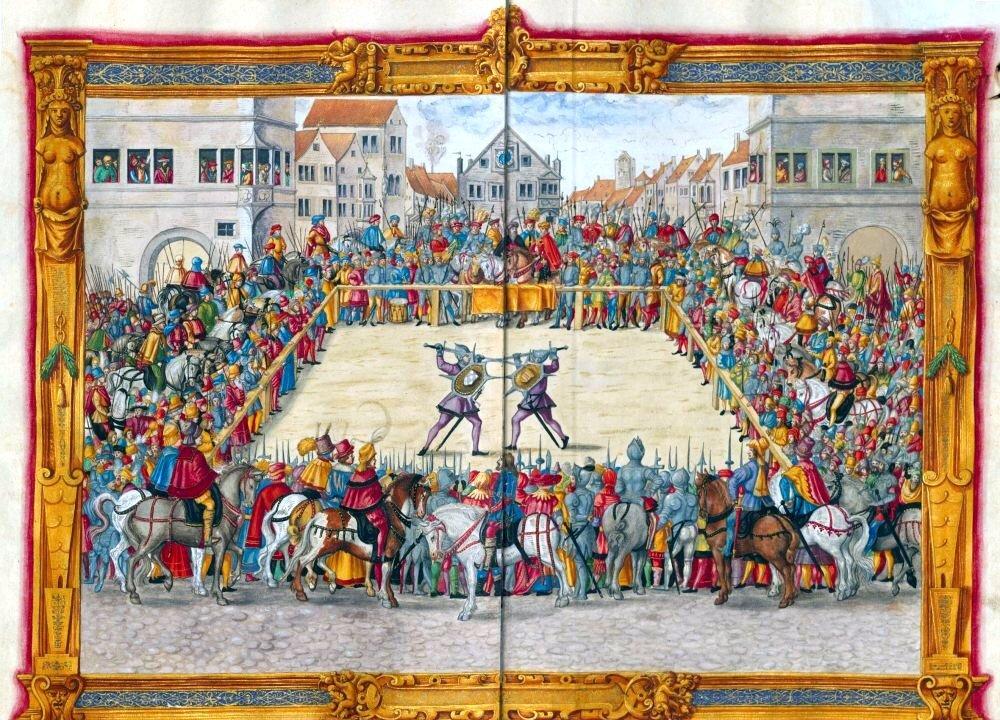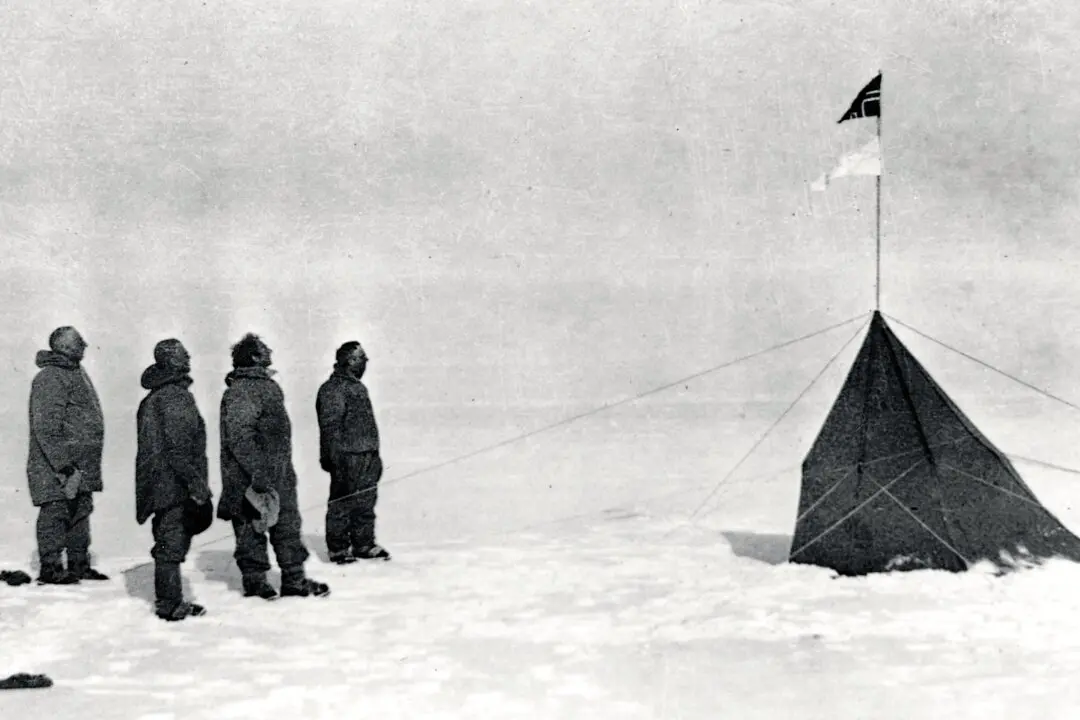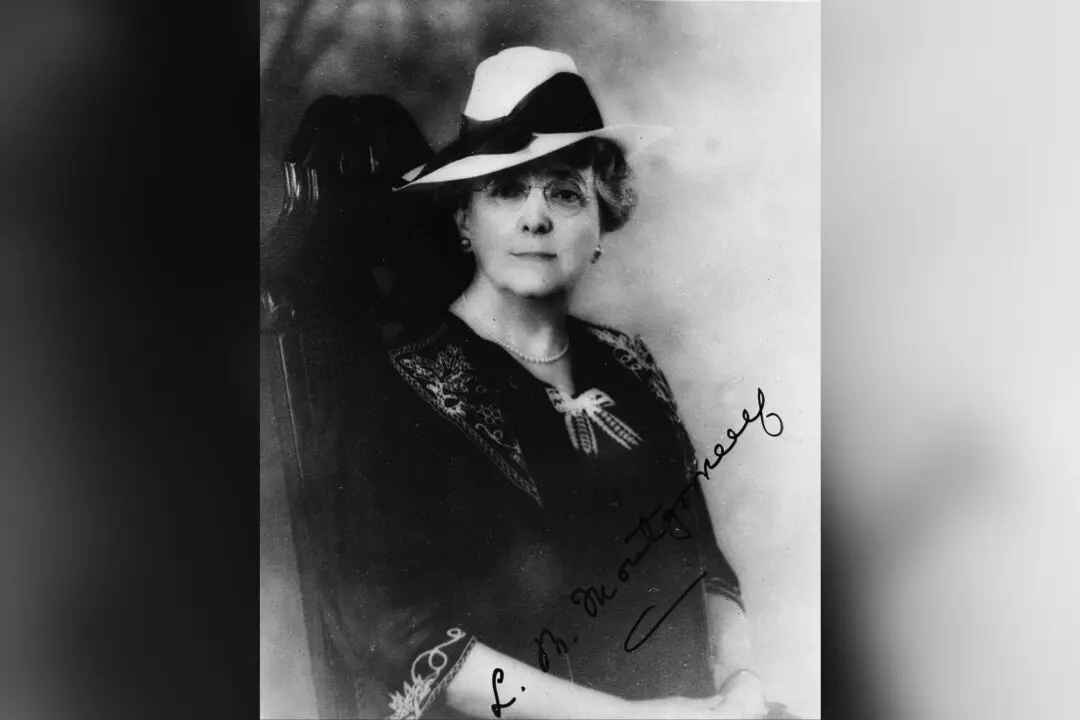Commentary
If you happened to be strolling through the streets of Paris on the afternoon of Oct. 8, 1371, you might have been attracted by the noise made by a raucous crowd gathering on the Ile de Notre Dame in the middle of the Seine River. Had you come closer you might have joined the thousands of Parisians surrounding a field where a man and a dog were fighting in the presence of King Charles. This was no ordinary dogfight: This was a royally sanctioned trial by combat to determine if the man was guilty of the murder of the dog’s owner.





